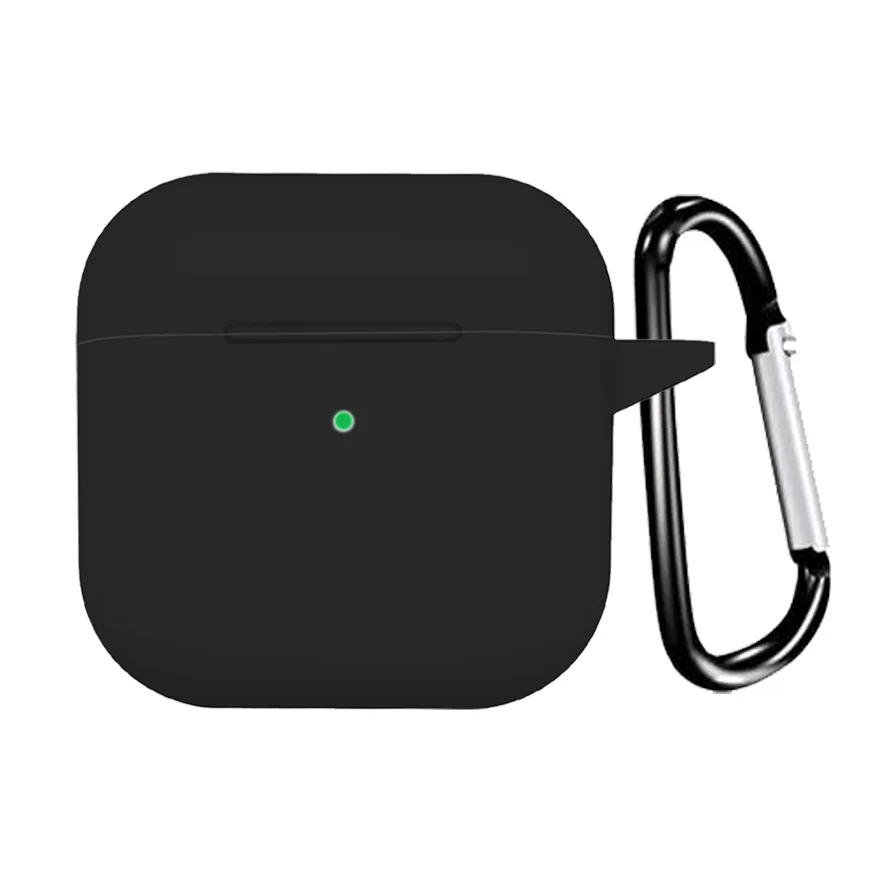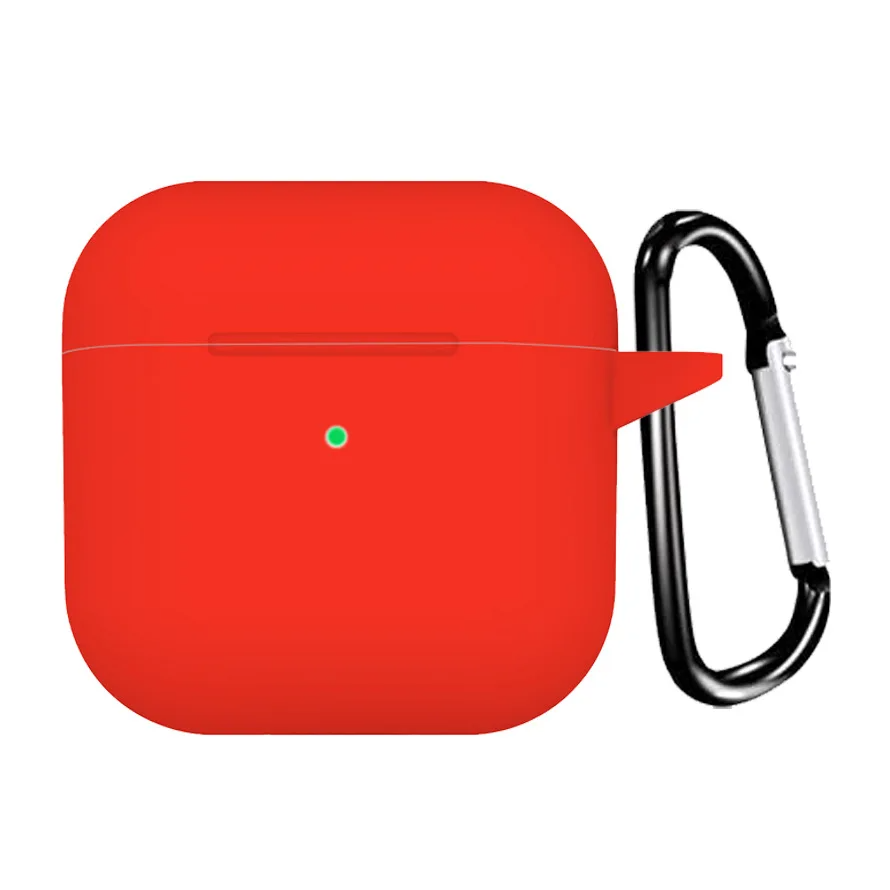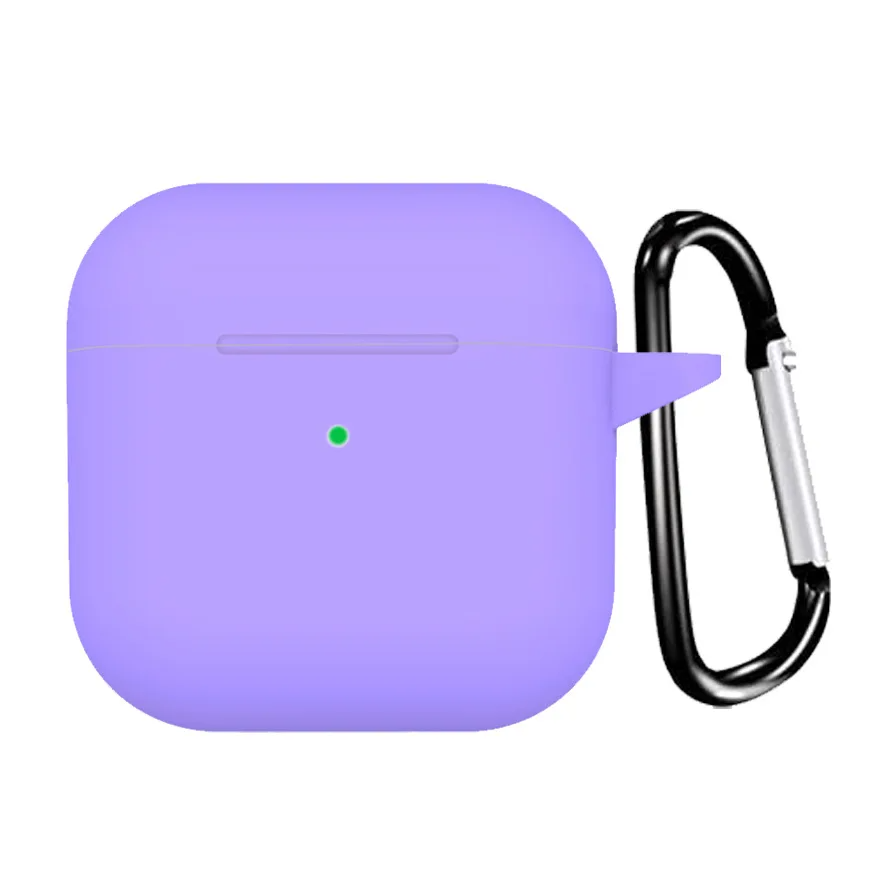Introduction to Earphone Covers
Earphones have become an integral part of modern life. They accompany us on commutes, during workouts, and in countless other daily activities. However, frequent use can lead to wear and tear, reducing the lifespan of these essential gadgets. This is where earphone covers come into play. Earphone covers provide a layer of protection, enhance sound quality, and add a personal touch to your audio devices. This article delves into various aspects of earphone covers, including their types, benefits, and how to choose the right one.
Types of Earphone Covers
Silicone Earphone Covers
Silicone earphone covers are among the most popular options. They are made from flexible, durable, and skin-friendly materials. These covers easily slip over the earphone earbuds, providing a snug fit.
Silicone covers offer numerous advantages. They protect the earphones from dust, sweat, and minor physical damage. They also improve comfort, especially during extended use. Many users find that silicone covers reduce ear fatigue and enhance the overall fit, preventing the earbuds from slipping out.
Another significant benefit is the improvement in sound quality. Silicone creates a better seal in the ear canal, which enhances bass response and reduces external noise. This leads to a more immersive listening experience. Silicone covers are available in various colors and designs, allowing for personalization and style.
However, there are some drawbacks. Silicone covers can accumulate dust and earwax over time, requiring regular cleaning. They also wear out with prolonged use and may need replacement to maintain optimal performance.
Foam Earphone Covers
Foam earphone covers provide a different kind of comfort and sound experience. Made from memory foam, these covers expand to fit the shape of the ear canal. This custom fit provides exceptional noise isolation and comfort.
The primary advantage of foam covers is their superior noise isolation. By expanding to fit the ear, they block out more external sound compared to silicone covers. This makes them ideal for use in noisy environments like airplanes or gyms.
Foam covers also enhance comfort. The memory foam adapts to the unique shape of each user’s ear, distributing pressure more evenly. This reduces discomfort during long listening sessions and minimizes the risk of ear pain.
In terms of sound quality, foam covers excel in delivering a balanced audio experience. They maintain the integrity of the sound by creating a consistent seal. However, they may slightly attenuate high frequencies, giving the audio a warmer tone.
The downsides include a shorter lifespan compared to silicone covers. Foam can degrade over time and lose its shape, necessitating more frequent replacements. Additionally, foam covers are usually more expensive than silicone options.
Leather and Fabric Earphone Covers
Leather and fabric earphone covers offer a touch of luxury and style. They are less common but provide unique benefits. These covers are often used on over-ear headphones rather than in-ear models.
Leather covers are known for their durability and upscale appearance. They offer excellent protection against physical damage and are resistant to moisture. Leather also feels comfortable against the skin and ages well over time, developing a distinctive patina.
Fabric covers are breathable and comfortable. They can enhance the aesthetic appeal of earphones with various patterns and textures. Fabric is also easy to clean and maintain, making it a practical choice for daily use.
Both leather and fabric covers can improve comfort for long listening sessions. Leather provides a soft, cushioned feel, while fabric allows for better air circulation, reducing sweat and discomfort.
The primary drawback is the higher cost. Leather and fabric covers tend to be more expensive than silicone or foam options. They also require more care to maintain their appearance and performance. Additionally, these covers may not provide the same level of noise isolation as silicone or foam variants.
Benefits of Using Earphone Covers
Enhanced Protection
One of the primary benefits of using earphone covers is enhanced protection. Earphones are prone to various forms of damage, including dust, sweat, and physical impacts. Covers act as a barrier, safeguarding the earphones and extending their lifespan.
For instance, silicone covers protect against moisture, which is particularly useful during workouts or outdoor activities. They also shield the earphones from dust and debris, preventing buildup in the internal components. This reduces the risk of damage and maintains sound quality over time.
Foam covers offer protection by providing a buffer against external impacts. The soft foam absorbs shock, reducing the risk of damage from accidental drops or bumps. Foam also prevents direct contact with earwax, maintaining the cleanliness and hygiene of the earphones.
Leather and fabric covers protect over-ear headphones from scratches, scuffs, and wear. They provide a cushioned layer that absorbs minor impacts, keeping the headphones in prime condition. These covers also protect against moisture and dust, preserving the appearance and functionality of the headphones.
Improved Comfort
Comfort is a critical factor for any audio device. Earphone covers significantly enhance comfort, making prolonged use more enjoyable. Different materials offer unique advantages in this regard.
Silicone covers are soft and flexible, providing a snug yet comfortable fit. They reduce pressure on the ear canal and prevent the earphones from slipping out. This is particularly beneficial during physical activities or prolonged listening sessions.
Foam covers excel in comfort due to their memory foam construction. They adapt to the shape of the ear canal, distributing pressure evenly. This reduces the risk of ear fatigue and pain, even during extended use. The custom fit also enhances noise isolation, creating a more immersive listening experience.
Leather and fabric covers enhance comfort for over-ear headphones. Leather provides a plush, cushioned feel that is gentle on the skin. Fabric covers are breathable, reducing sweat and discomfort during long sessions. Both materials improve the overall comfort, making extended listening more pleasant.
Enhanced Sound Quality
Earphone covers can also improve sound quality. They create a better seal in the ear, enhancing bass response and reducing external noise. This leads to a more immersive and enjoyable listening experience.
Silicone covers improve bass response by creating a tight seal. This enhances the lower frequencies, providing a richer and fuller sound. The improved seal also reduces external noise, allowing for a more focused listening experience.
Foam covers are excellent for noise isolation. Their memory foam construction expands to fit the ear canal, blocking out external sound. This enhances the overall audio experience by reducing distractions and maintaining the integrity of the sound. Foam covers also provide a balanced audio profile, delivering clear and detailed sound.
Leather and fabric covers can enhance the sound experience for over-ear headphones. Leather provides a tight seal, enhancing bass response and reducing sound leakage. Fabric covers are breathable and reduce heat buildup, maintaining comfort and sound quality during prolonged use.
Choosing the Right Earphone Cover
Consider the Material
Selecting the right material is crucial when choosing earphone covers. Different materials offer unique benefits and drawbacks, and the best choice depends on your needs and preferences.
Silicone covers are versatile and affordable. They provide good protection, comfort, and sound quality. If you need a general-purpose cover that performs well in various conditions, silicone is a solid choice.
Foam covers are ideal for those seeking superior comfort and noise isolation. They are more expensive and require more frequent replacement but excel in providing a custom fit and enhanced sound experience. Foam covers are particularly suited for noisy environments or long listening sessions.
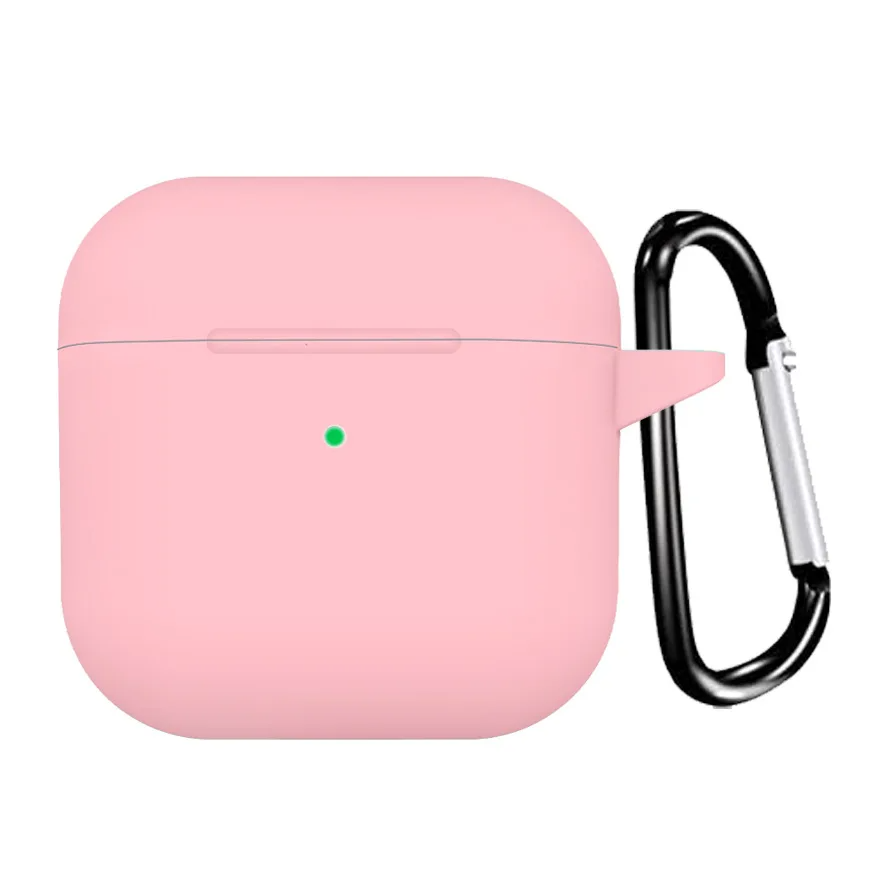
Leather and fabric covers offer a touch of luxury and style. They are durable and comfortable, making them perfect for over-ear headphones. If appearance and comfort are your priorities, leather or fabric covers are excellent options. However, they tend to be pricier and require more care.
Evaluate Fit and Compatibility
Fit and compatibility are essential factors when choosing earphone covers. The covers must fit securely on your earphones to provide the intended benefits.
Most silicone and foam covers are designed to fit a range of earphone models. However, it’s crucial to ensure compatibility with your specific earphones. Check the product specifications and user reviews to confirm the fit.
Leather and fabric covers are usually designed for specific headphone models. Make sure to choose a cover that matches your headphones’ size and shape. A well-fitted cover will ensure optimal protection, comfort, and sound quality.
Assess Durability and Maintenance
Durability and maintenance are important considerations when selecting earphone covers. Different materials have varying lifespans and maintenance requirements.
Silicone covers are durable and easy to clean. They resist dust and moisture, making maintenance straightforward. Regular cleaning with mild soap and water will keep them in good condition.
Foam covers have a shorter lifespan and require more frequent replacement. They can accumulate dirt and earwax, necessitating regular cleaning. However, their superior comfort and noise isolation often justify the extra maintenance.
Leather and fabric covers are durable but require more care to maintain their appearance and performance. Leather needs occasional conditioning to prevent drying and cracking. Fabric covers should be regularly cleaned to remove dust and sweat. Proper maintenance will prolong their lifespan and keep them looking and feeling great.
Personalize and Reflect Your Style
Earphone covers offer an opportunity to personalize your audio devices and reflect your style. They are available in various colors, designs, and materials, allowing for creative expression.
Silicone covers come in numerous colors and patterns. You can choose a cover that complements your style or matches other accessories. Customizable covers with unique designs are also available for a more personalized touch.
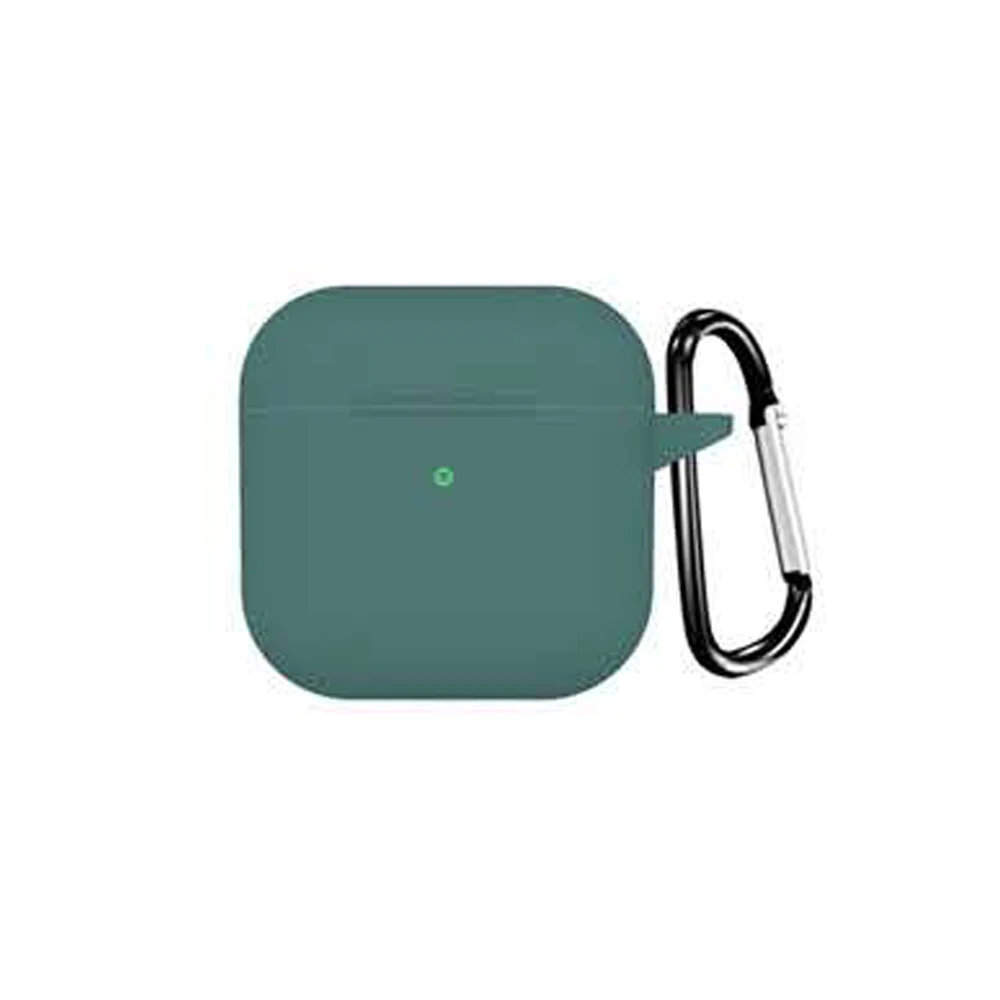
Foam covers typically come in basic colors, but some brands offer options with different textures and finishes. While the focus is on comfort and performance, you can still find covers that suit your style.
Leather and fabric covers are ideal for adding a touch of elegance and sophistication to your headphones. Leather covers with unique finishes or stitching patterns make a statement, while fabric covers with different textures and patterns can add a stylish flair. Personalizing your earphones or headphones with covers not only enhances their appearance but also makes them uniquely yours.
Conclusion
Earphone covers (Japanese:イヤホンカバー)are indispensable accessories that enhance the protection, comfort, and performance of your audio devices. From silicone and foam to leather and fabric, there are various options to suit different needs and preferences. Selecting the right earphone cover involves considering factors such as material, fit, durability, maintenance, and personal style. By making informed choices, you can elevate your audio experience and extend the lifespan of your earphones or headphones.
Earphone covers offer a blend of functionality and aesthetic appeal. They protect your devices from damage, improve comfort during extended use, and enhance sound quality. Whether you’re a casual listener or an audiophile, earphone covers provide tangible benefits that enhance your overall listening experience. In a world where audio devices play a crucial role in daily life, investing in high-quality earphone covers is a wise decision that pays off in the long run.

